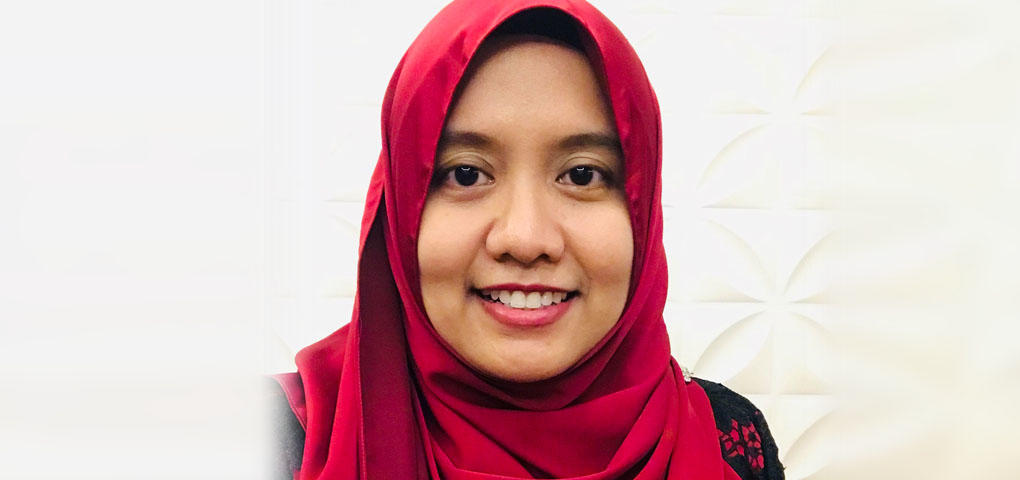
3M and the University of Minnesota are giving dental scholars from developing and underdeveloped countries the opportunity to study at the U’s Minnesota Dental Research Center for Biomaterials and Biomechanics (MDRCBB). These scholars, called key opinion leaders (KOLs), take the knowledge they gain and return home to improve oral health in their communities and teach future medical professionals.
Q&A with Siti Mariam Ab Ghani, past KOL and associate professor of dentistry at Universiti Teknologi MARA in Malaysia
Why did you decide to participate in the program?
I was trained as a clinical specialist in the field of prosthetic dentistry at the University of Edinburgh and have been fully occupied in clinical activities since 2011; however, as an academician in a university, I realized that research plays an important role in our daily teaching and learning activities. Thus, I started my research journey. It began at the faculty level with small research projects conducted among colleagues and students. I then started to explore other opportunities internationally.
It was an exciting moment when I found out that the 3M KOL program is conducted at the MDRCBB, which has state-of-the-art research facilities and technologies. The center is run by a group of lively and spirited researchers including engineers, material scientists, microbiologists, dentists, technicians, and machinists—the best research team composition. I knew from the start that I would embark on a valuable and worthwhile journey.
What were the most important things you learned while studying at the U?
It was a significant eye opener for me as a clinical dentist to see how research can improve our daily practice even in the smallest matters and give us reassurance and confidence. For example, while treating patients with a simple procedure like composite resin restorations, I always wonder if we unknowingly introduce defects into the material, and if we do, how it will affect the longevity of the restorations or how we can avoid defects. All these questions and concerns can be answered by research and at the same time improve our clinical skills by understanding how material behaves intraorally.
I will always remember that research should be discussed and conducted with a multidisciplinary approach. Sometimes, a single perspective might miss an important aspect of the research question. But the most important thing I learned is that dental material research can be exciting and fun, too.
Now that you've returned home to Malaysia, how are you applying what you learned in the program?
My first initiative was to be involved in the dental material class taught to undergraduate and postgraduate students. I had the opportunity to attend dental material lectures and seminars conducted in Minnesota and found that the approach was interesting and relatable to the students. In the new curriculum of our university, we now deliver the lectures in a similar way. As for research activities, currently I am working with a multidisciplinary team at my university in the same way I was trained at the MDRCBB. Our team consists of colleagues from mechanical engineering and clinical dentists investigating dental material and technique applications.
How important was this program to your professional development?
The research interest I developed during the program inspired me to enroll as a Ph.D. student in the field of dental material and restorative dentistry. Currently, I am in my fourth semester and working closely with supervisors and colleagues from the MDRCBB and an engineering team from my own university. I believe that a clinician with a strong research background will be able to provide the best treatment options using evidence-based dentistry.
Is there anything else you'd like to add?
The KOL program at the MDRCBB provides an outstanding program for those who wish to explore and progress in their research pathway. It opens up opportunities for scholars around the world to meet and network. The knowledge and experiences that scholars gain at the MDRCBB can then be utilized to develop or improve research in their home country facilities.
Photo courtesy of Siti Mariam Ab Ghan
.subhead { text-transform: none; font-family: neutra-2-text, sans-serif; font-weight: 500; font-style: normal; }